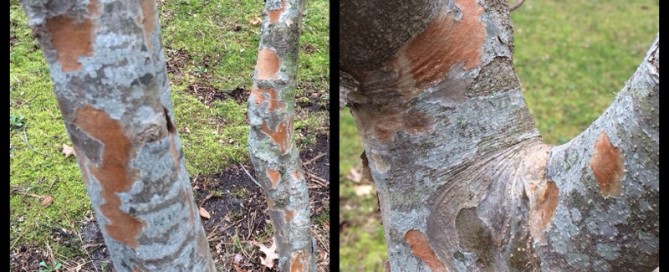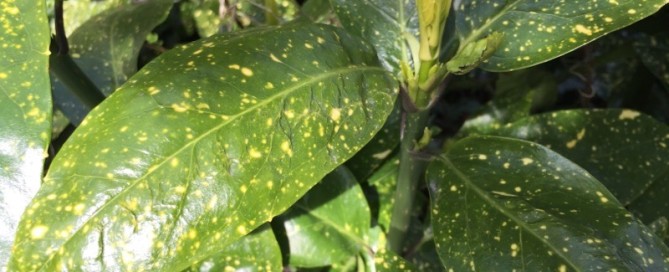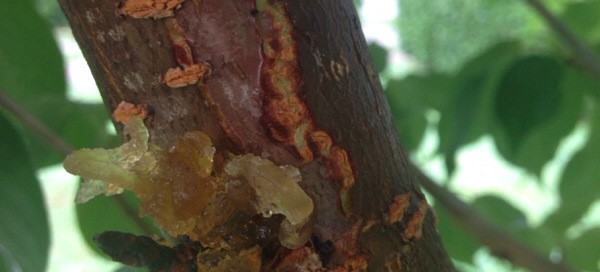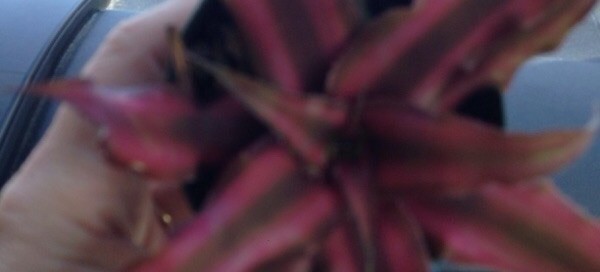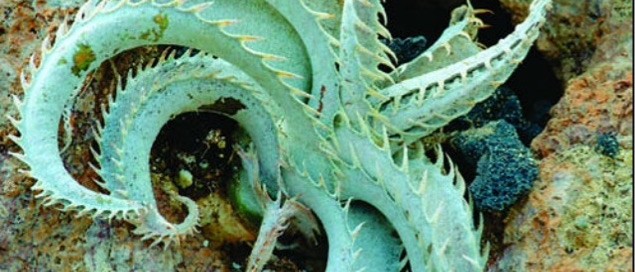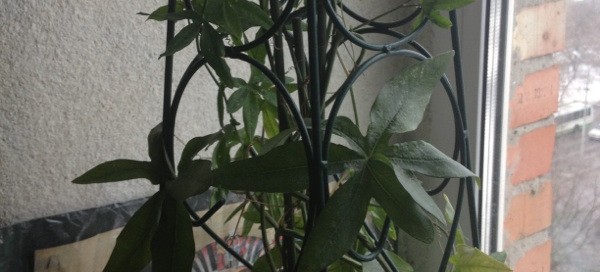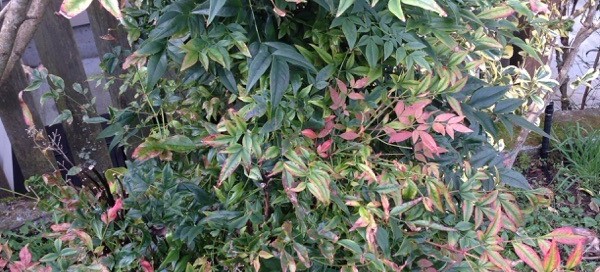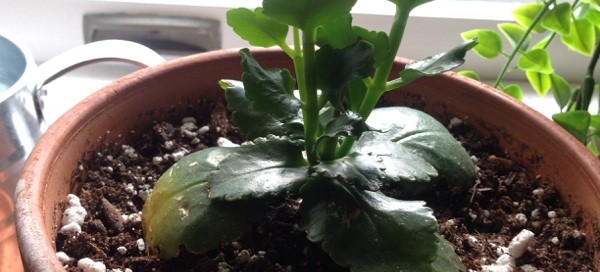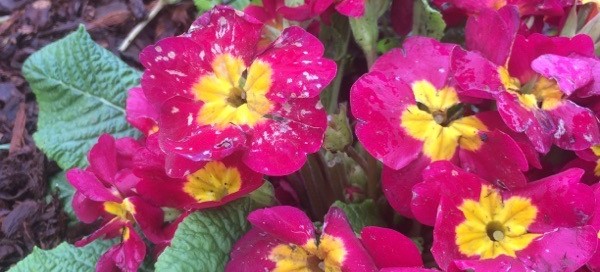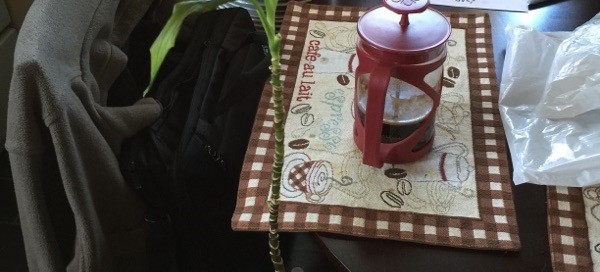Flaking Bark On Kousa Dogwood
What you are seeing is a natural part of how Cornus kousa trees develop. One of the reasons we love these plants as they age is that they develop what's called exfoliating bark. Over time you're likely to see this tree wearing it's own version of "camo" or camouflage, with patches of green, brown, tan and gold.
Flaking can sometimes be accelerated on the south sides of a tree as this side freezes and thaws during the winter. The cold air freezes tissues at night while especially in February the warmer sun thaws it during the day. But even when you see this more predominately on one side, you don't have to be worried about it. See a photo of typical mature kousa dogwood bark here: http://www.hort.uconn.edu/plants/detail.php?pid=125
